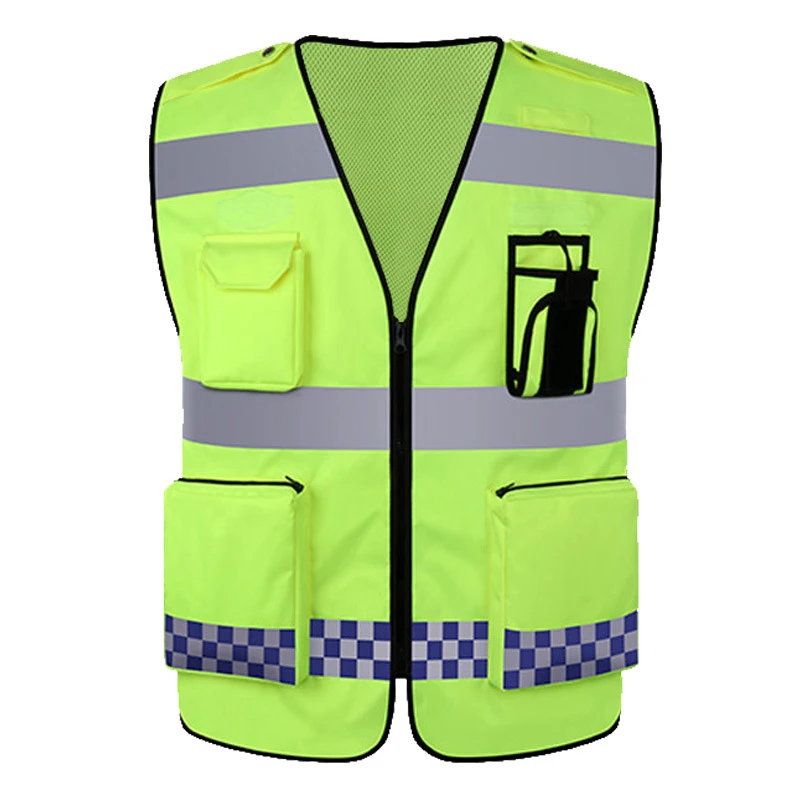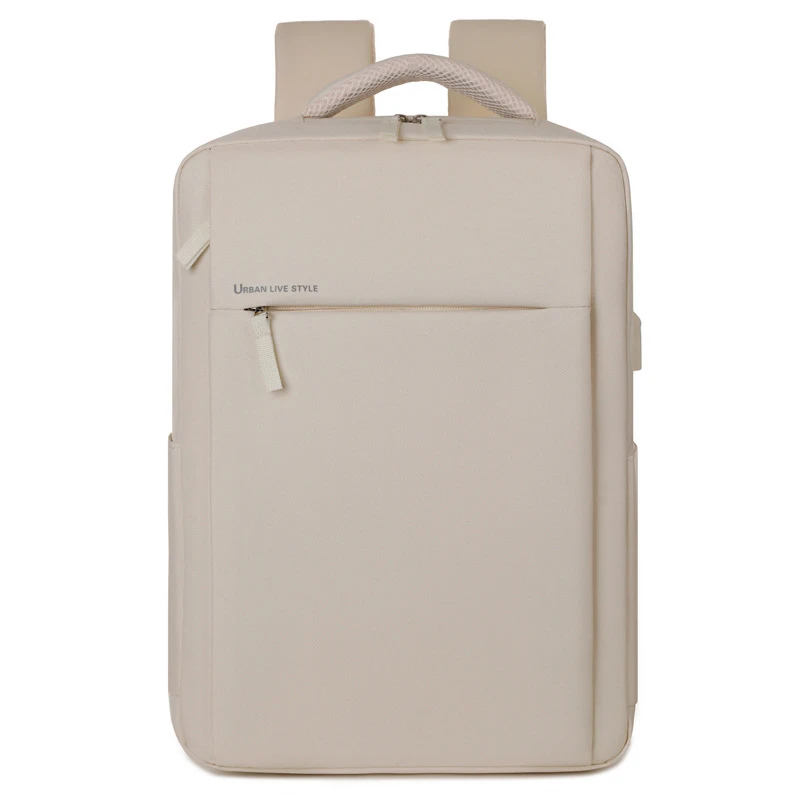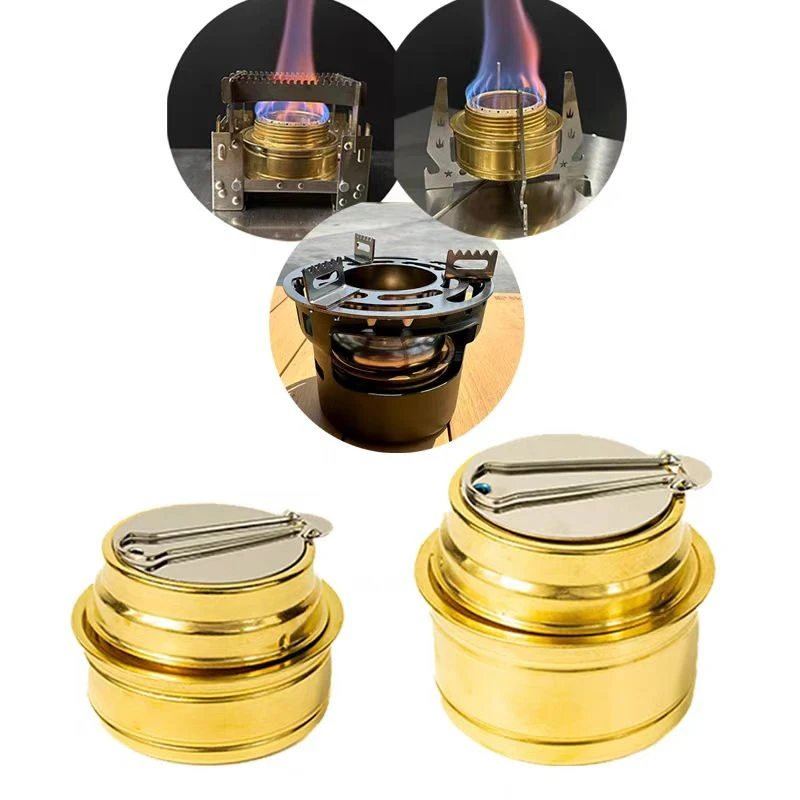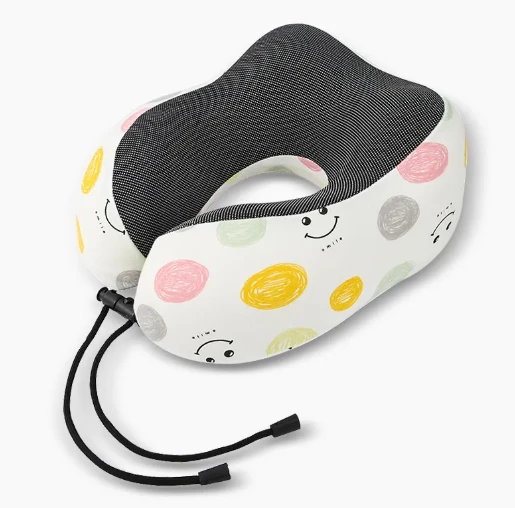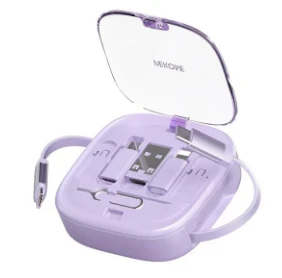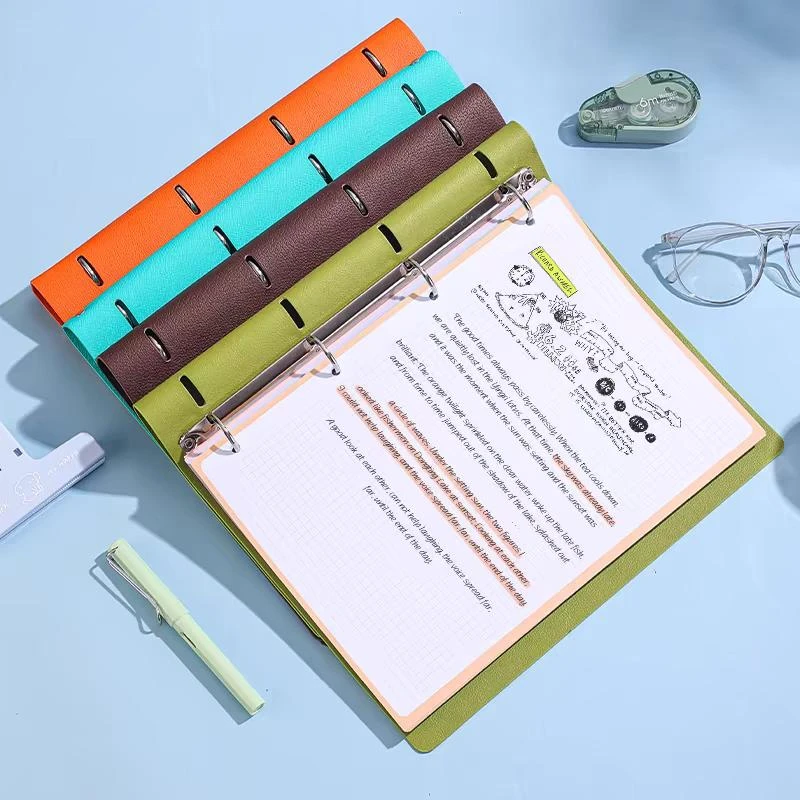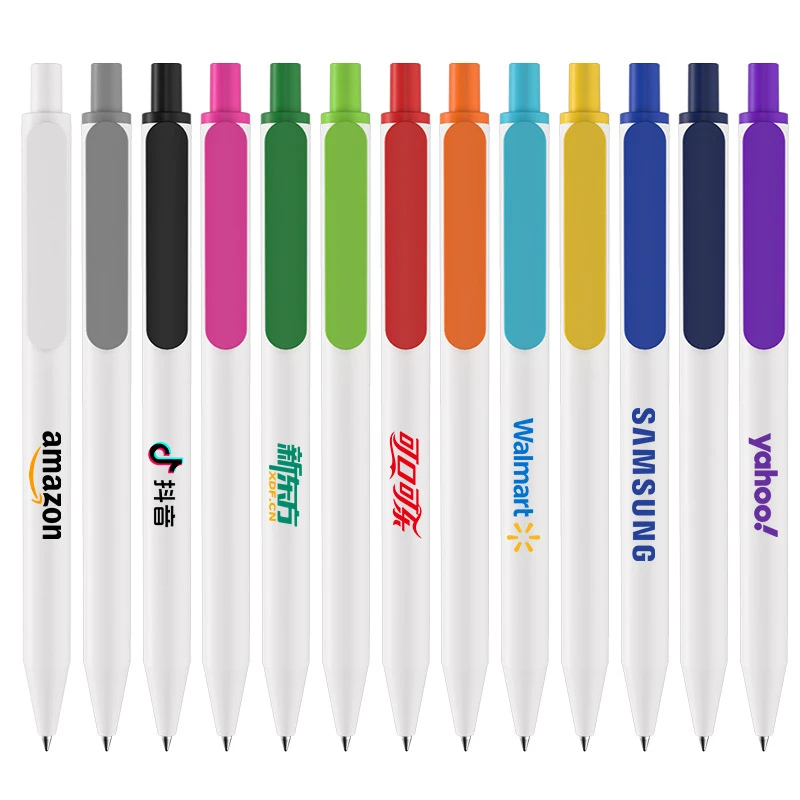Th1 28,2025
tool box price
Understanding the nuances of toolbox pricing requires a deep dive into various factors that influence costs, ensuring consumers make informed decisions. A toolbox isn't just a storage unit; it’s a companion for every DIY enthusiast, mechanic, or builder. Whether you're a professional looking for durability or a homeowner seeking basic functionality, the breadth of options can be overwhelming.
A relatively new development in the toolbox market is the rise of customization. Custom toolboxes allow consumers to select specific sizes, extras, and finishes, tailoring products to their exact needs. While customization offers unmatched personalization, it often comes at a premium price, reflecting the bespoke nature of the product. Furthermore, the sales platform can influence toolbox prices. Online platforms like Amazon or specialty retailer websites often offer competitive prices and discounts, not typically found in physical stores. Additionally, they provide consumer reviews and ratings, enhancing the decision-making process with firsthand user insights. Promotional events and seasonal sales, such as Black Friday or Cyber Monday, present opportunities for considerable savings. However, these are time-bound, urging quick decision-making and sometimes leading to impulsive purchases. When contemplating purchasing a toolbox, potential buyers should weigh all these elements — type, brand, features, manufacturing origin, current economic conditions, customization options, and buying platforms. Seeking reviews and expert opinions can aid in assessing whether the price justifies the features and build quality promised. In conclusion, a well-considered toolbox purchase hinges on more than just the price tag. It should encompass evaluating personal needs, prioritizing essential features, and making use of available resources and discounts. Staying informed about market trends and advancements can empower buyers, ensuring that they invest in toolboxes that not only meet their present needs but also set them up for future success.

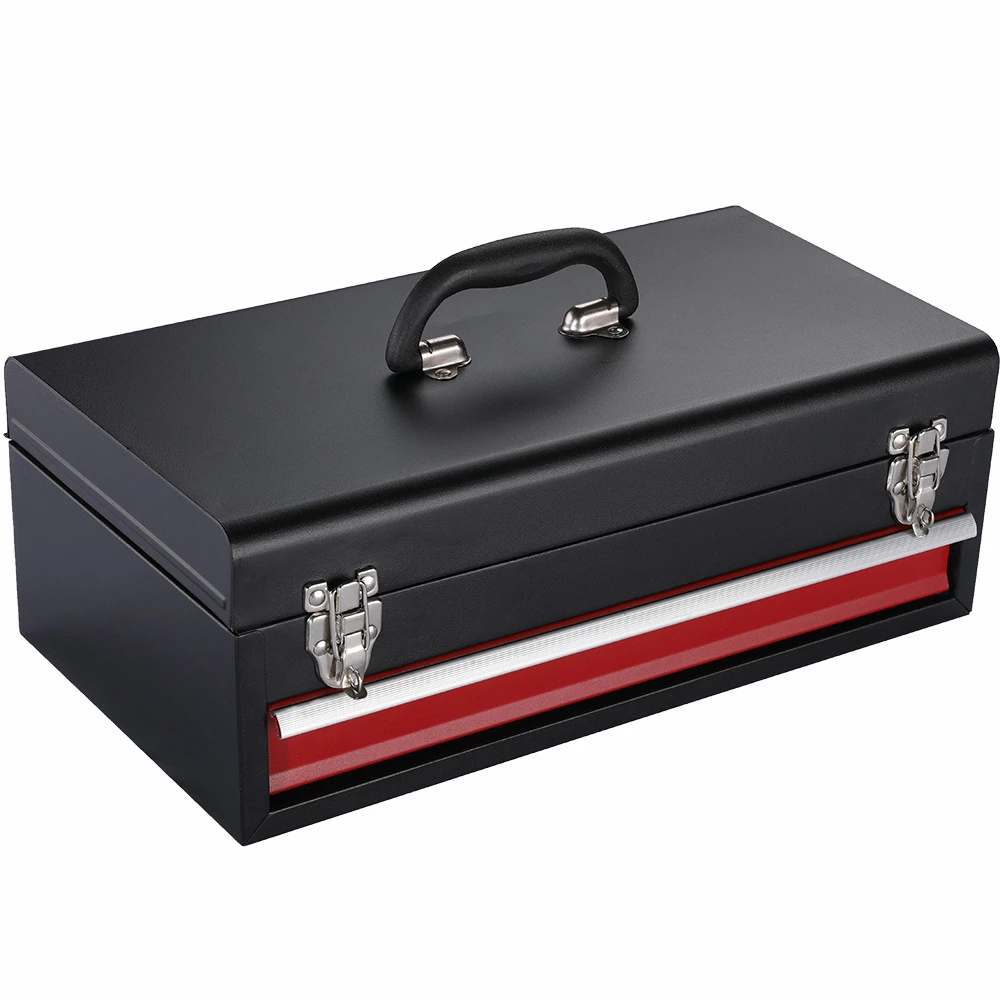
A relatively new development in the toolbox market is the rise of customization. Custom toolboxes allow consumers to select specific sizes, extras, and finishes, tailoring products to their exact needs. While customization offers unmatched personalization, it often comes at a premium price, reflecting the bespoke nature of the product. Furthermore, the sales platform can influence toolbox prices. Online platforms like Amazon or specialty retailer websites often offer competitive prices and discounts, not typically found in physical stores. Additionally, they provide consumer reviews and ratings, enhancing the decision-making process with firsthand user insights. Promotional events and seasonal sales, such as Black Friday or Cyber Monday, present opportunities for considerable savings. However, these are time-bound, urging quick decision-making and sometimes leading to impulsive purchases. When contemplating purchasing a toolbox, potential buyers should weigh all these elements — type, brand, features, manufacturing origin, current economic conditions, customization options, and buying platforms. Seeking reviews and expert opinions can aid in assessing whether the price justifies the features and build quality promised. In conclusion, a well-considered toolbox purchase hinges on more than just the price tag. It should encompass evaluating personal needs, prioritizing essential features, and making use of available resources and discounts. Staying informed about market trends and advancements can empower buyers, ensuring that they invest in toolboxes that not only meet their present needs but also set them up for future success.
LAST:








